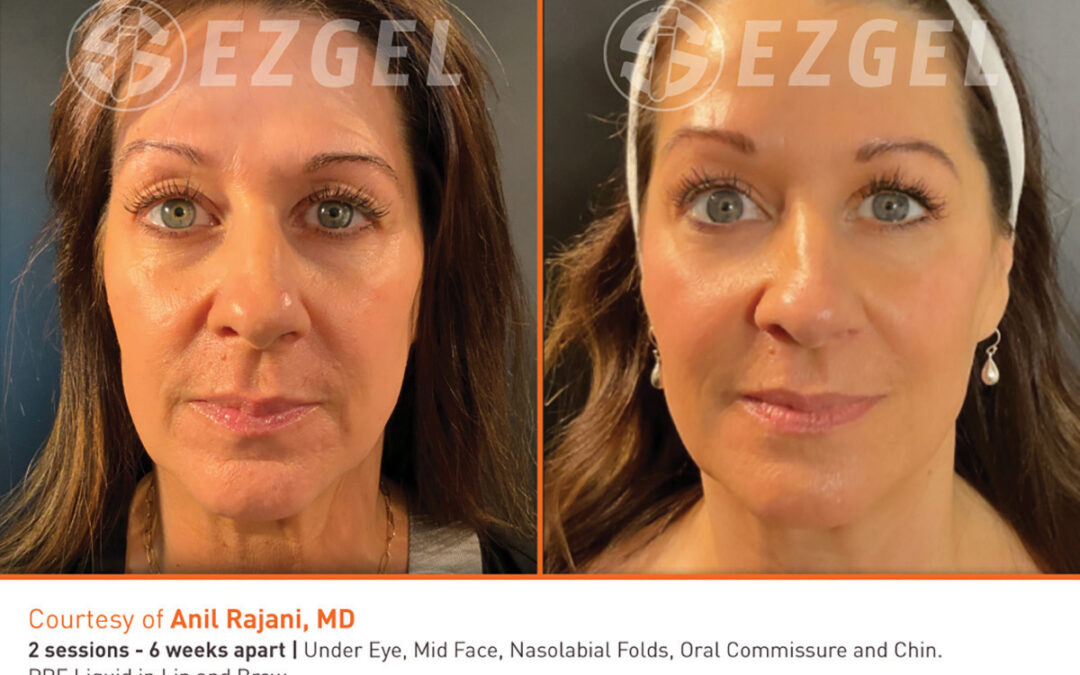Do you love the scent of fresh flowers? Does the smell of pumpkin pie bring back a rush of memories from childhood holidays? Have you ever been somewhere and caught the scent of something that you immediately associated with a place or event from your past? If you answered yes to any of these, then you already know how powerful the sense of smell can be. Fragrances or aromas have a definite impact on your brain. First and foremost, you notice them. For example, when you walk into a hospital, the antiseptic smell is universal and generally associated with stressful circumstances. The smell of an Italian restaurant, however, most likely is associated with positive memories and may make your mouth water and your stomach rumble in preparation for the meal to come. Those sensations are so much a part of everyday life that you probably don’t give them a second thought. But you should. You see, you can actually use fragrances and aromas to enhance your state of well-being. Think about it. When you walk into a candle shop, you notice the wonderful smell.You may even close your eyes and breathe in deeply. That’s because the fragrance triggers a psychological response that gives you a temporary feeling of euphoria. The same holds true for fragrances we wear. Perfumes, colognes, and scented lotions make you feel good because they smell good. And they provide a momentary sensory uplift to those who encounter you throughout the day.
Aromatherapy works at a much more complex level. Essential plant oils have a distinct scent or aroma, hence the term aromatherapy. Essential oils provide the psychological benefits that you experience with any fragrance, but they also affect the body in a fundamentally scientific way. According to Dr. William Kurtin, professor of biochemistry at Trinity University, essential plant oils are composed of chemical components. When you breathe in, the chemical molecules interact with nerve receptors in the nasal passages. This in turn causes an electrical response that triggers specific reactions in the brain. “There are literally thousands of receptors,” Kurtin says, “and responses are complex. Think of it like playing music. When you play different combinations of notes, you get very different results.” The receptor-molecule relationship is something like puzzle pieces, requiring a “fit.” Receptors will accept only those molecules that “fit,” thereby directing the electrical impulse to specific parts of the brain. The chemical molecules have a similar effect when absorbed through the skin, although they may interact with a very different set of receptors. Confused? Think about this: Twenty years ago, did you know that you could take medicine by applying it to your skin? Today, you can stop smoking with a nicotine patch, practice family planning with a birth control patch and control motion sickness and nausea with a patch.
Now combine that thought with the knowledge that many of the drugs (chemical compounds) that we commonly use to treat illnesses and conditions are derived from plants, and suddenly the concept behind aromatherapy clicks. In fact, one of the strongest arguments supporting the preservation of the rainforests is the wealth of plant life that could lead to breakthroughs in medical research. OK, enough of the scientific stuff. What can essential oils actually do for you, and how do you use them? According to Lyn Belisle, the local expert on aromatherapy, essential oils work on three levels — the mind, body and spirit. Belisle, a certified aromatherapist who has presented workshops, classes and demonstrations on the uses of essential oils for health and well-being since 1989, says her first interest was with the sensory-smell connection. “I’ve always had an herb garden and an interest in plants and their properties.” When her husband, a psychologist, decided he wanted to be more holistic with his practice, Lyn began expanding her knowledge base along with him. That’s when she first came in contact with essential oils. Now she teaches classes on aromatherapy through the North East Independent School District’s community education program and works with Dr. William Kurtin on exploring the biochemical aspects of essential oils.
Belisle uses peppermint to explain how essential oils work at three different levels: “At the body level, peppermint is a good anti-nausea agent. It’s good as a digestive aid in general. That’s how the custom for after-dinner mints developed. For the mind, it’s a stimulant. It’s great in the morning to shower with since it really gets you moving. At the spiritual level, it’s a euphoric — it triggers happy thoughts.” Since there are hundreds of essential oils as well as uses for them, Belisle recommends focusing on what she calls the Top 10. These essential oils are the most popular for several reasons, including practical uses, cost, and scent:
Lavender is perhaps the most versatile oil. It is a balancing oil, both relaxing and rejuvenating. It is useful for all skin types and blends well with other oils. Lavender was the first oil discovered to have healing properties. Bergamot, derived from a tree that bears small round fruit much like a miniature orange, is uplifting. It is the “beat the blues” essential oil, but also has numerous other uses. It is used extensively as a fragrance and in most major food categories, most notably in Earl Grey tea. Clary Sage is considered to be the artists’ and writers’ essential oil. The name means “clear eye,” referring to the third eye, or intuition. It was used in the Middle Ages to intensify the intoxicating effects of wine. Thus it is still recommended that you not consume alcoholic beverages if you’ve had a massage with clary sage oil. Eucalyptus is a great respiratory and muscle oil. It is widely used in commercial cough and cold remedies available over the counter and in muscle ointments and creams. Turn your shower into a spa with a few drops. Jasmine is considered the woman’s oil. It is uplifting, soothing, and relaxing. Historically, jasmine has been used as an aphrodisiac for women and was strewn on marriage beds.Sandalwood has several therapeutic properties and is excellent for skin conditions. It is also known as a male aphrodisiac and is used for sexual dysfunction; thus it is known as the man’s oil.
Rose is an incredibly spiritual scent. It is associated with both passings and celebrations. It helps to soothe profound grief. Rose oil has a number of properties: antibacterial, antidepressant, antiseptic, antispasmodic, astringent, diuretic and sedative. However, rose oil is very expensive. Rosemary is the “brain” oil. It helps you stay alert and focused, enhancing mental clarity and the memory process. As a stimulant, rosemary is good for mental exercises such as studying or preparing a paper or business plan. Peppermint has numerous properties — analgesic, antiseptic, antispasmodic, astringent and decongestant — in addition to its digestive benefits. It is refreshing and stimulating. Ylang Ylang (pronounced _-long, _-long) is known as the poor man’s jasmine, as it has many of the same properties. It is used extensively in spas and cosmetics. Ylang Ylang has a very sweet, strong aroma and is frequently cut with citrus such as tangerine or bergamot. Essential oils can be used individually or blended with others for the desired effects. They can be used in massage lotions and oils; bath products such as bath salts and oils, soaps and shampoos; or body care products such as lotions, creams and soaks. For your home, you can diffuse essential oils, using a simmer pot, vaporizing light ring, aroma-stone, terra cotta aroma pot or various fragrance burners.
In San Antonio, you can find essential oils at Whole Foods in the Quarry Market, any Sun Harvest store and at Central Market. Judi Daughty, past president of the San Antonio Herb Society and herbal products specialist at Central Market, recommends that you “read the labels on products carefully. Essential oils are distinctly different from fragrance oils.” She explains that pure essential oils of lavender, rosemary, and patchouli, for example, are antibiotic and antifungal. Fragrance oils can be synthetic or have other components in them that negate any therapeutic benefits. Daughty, also knowledgeable about the base oils used to dilute essential oils as well as the ingredients in soaps, can help you put together the basics for aromatherapy at home. She can also assemble an aromatherapy gift basket, tailored for the recipient. Whether you grasp the scientific basis of essential oils or simply understand the effect of scent on your mental state, you can use aromatherapy to improve your state of well-being. Lyn Belisle keeps three essential oils on her desk in her classroom at the Academy of Creative Education in North East ISD. A veteran teacher with 34 years of experience, she teaches art and technology and understands that students have good days and bad days too. She has lavender for balancing, rosemary for mental clarity and focus and bergamot for uplifting. Her students have learned that, for whatever reason, they work.
By Julia Jones









0 Comments